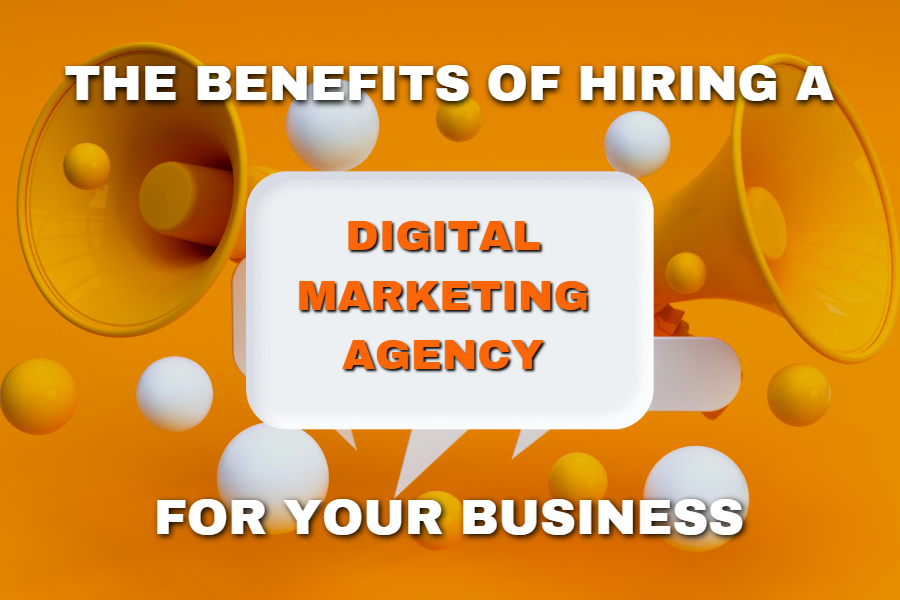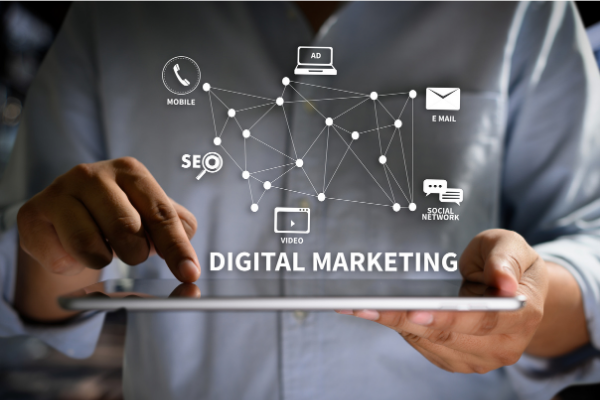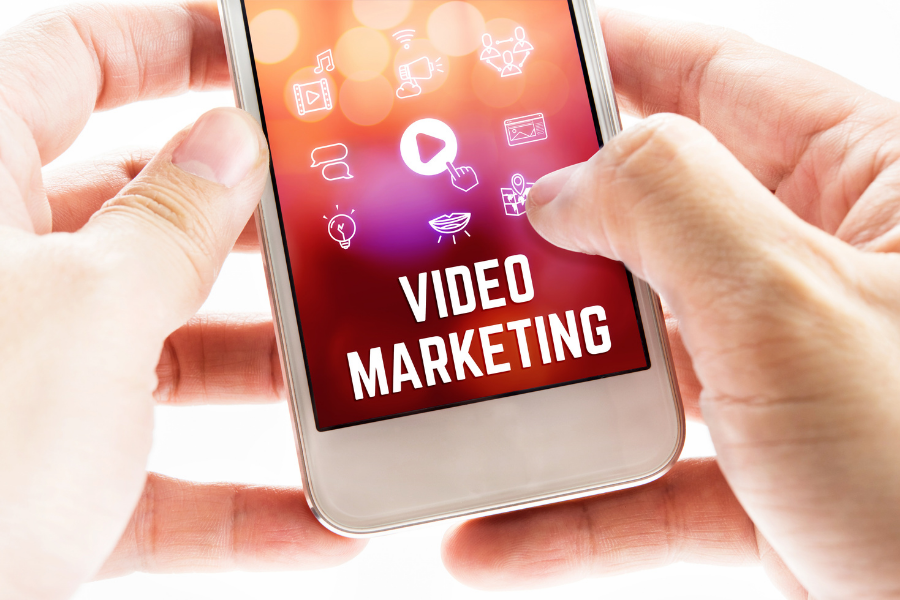
Retargeting Campaigns for eCommerce Sites: How to Run Them
One of the most effective strategies for e-commerce businesses to draw in and retain customers is through retargeting campaigns. While using online advertisements and social media postings to reach potential customers is a terrific concept, a thorough eCommerce plan from a company based on e-commerce website design in Northampton has been proven to be more effective. But you might be wondering, who should my retargeting campaigns aim to reach and what types of strategies should I use? Well, in this article we will be providing you with a detailed guide about the same.
About Retargeting campaigns-
Retargeting campaigns focus on connecting with prospective customers who have previously connected with your brand. The objective is to discover a new way to connect with them and win them back, whether they've revisited your website or added something to their cart but abandoned it without checking out.
Why are retargeting Strategies Important for Ecommerce Brands?
The vast majority of visitors to your website won't buy anything. When customers initially arrive at your website, most of them aren't prepared to make a purchase; instead, they are only online surfing. Instead of entirely bringing in new clients, retargeting concentrates on leveraging methods like advertising, emails, and SMS messaging to reach existing customers. This strategy has a lot of benefits, as the existing customers will be more familiar with the brand than brand-new buyers. Additionally, you'll know how to contact them after you identify them.
Top Brand Retargeting Ecommerce Strategies
For your next retargeting campaign with the help of an eCommerce website development company, focus on these retargeting techniques that will help you find and amaze new consumers.
-
Categorizing your audience based on behavior
When determining your audience, data is very powerful. It stands to reason that different audiences will exhibit different kinds of behaviors. In that situation, it's up to you, as to how you can segment your audiences in a way that makes it simple for you to retarget them. Then, you can write individualized advertisement material instead of merely following generic outreach strategies.
-
Develop customized advertisements
The next step is to develop customized retargeting ads that connect specifically to each distinct customer after you've discovered a variety of different categories. With the data you've gathered about these customers, you can build a fairly accurate picture of who your clients are and why they might want to purchase your product. Utilize this information to provide them with product recommendations that are highly relevant to their needs through targeted advertising. Personalized advertisements should feature those products if the user has clicked on a particular item or has expressed an interest in a particular product category. Advertisements might feature pertinent product reviews or inform customers about discounts.
-
Cross-sell to present customers
Retargeting your current consumers allows you to recommend goods that are comparable to their current purchases. The expense of acquiring a new client or customer is usually much higher than the cost of maintaining an existing one. Simply said, satisfied consumers, lead to additional prospects for higher money generation. For example, suppose that you already have all the necessary information to retarget the consumer who purchased the coffee table for their subsequent purchase, it's a good thing they may also require a sofa.
-
Focus on email retargeting.
Email retargeting can be used with any of the strategies mentioned above. You can use it to connect with customers who browsed your website but didn't make a purchase, who left items in their shopping carts, and who have already made a purchase. Even though emails should be kept brief and straightforward, you still have a lot more room than you would in a display ad to develop a detailed message.
Retargeting and remarketing advertising helps keep potential customers engaged with your brand even when they appear to have forgotten about you. This helps you create and maintain strong customer connections. They let you interact with potential clients even when they are not on your website and social media pages. Make sure prospects know you have what they need by sending them reminders via Google, social media, email, retargeting, and remarketing. This provides a way for the client to quickly return and finish the ongoing transaction. They also allow devoted customers to continue engaging with you and making repeated purchases.


